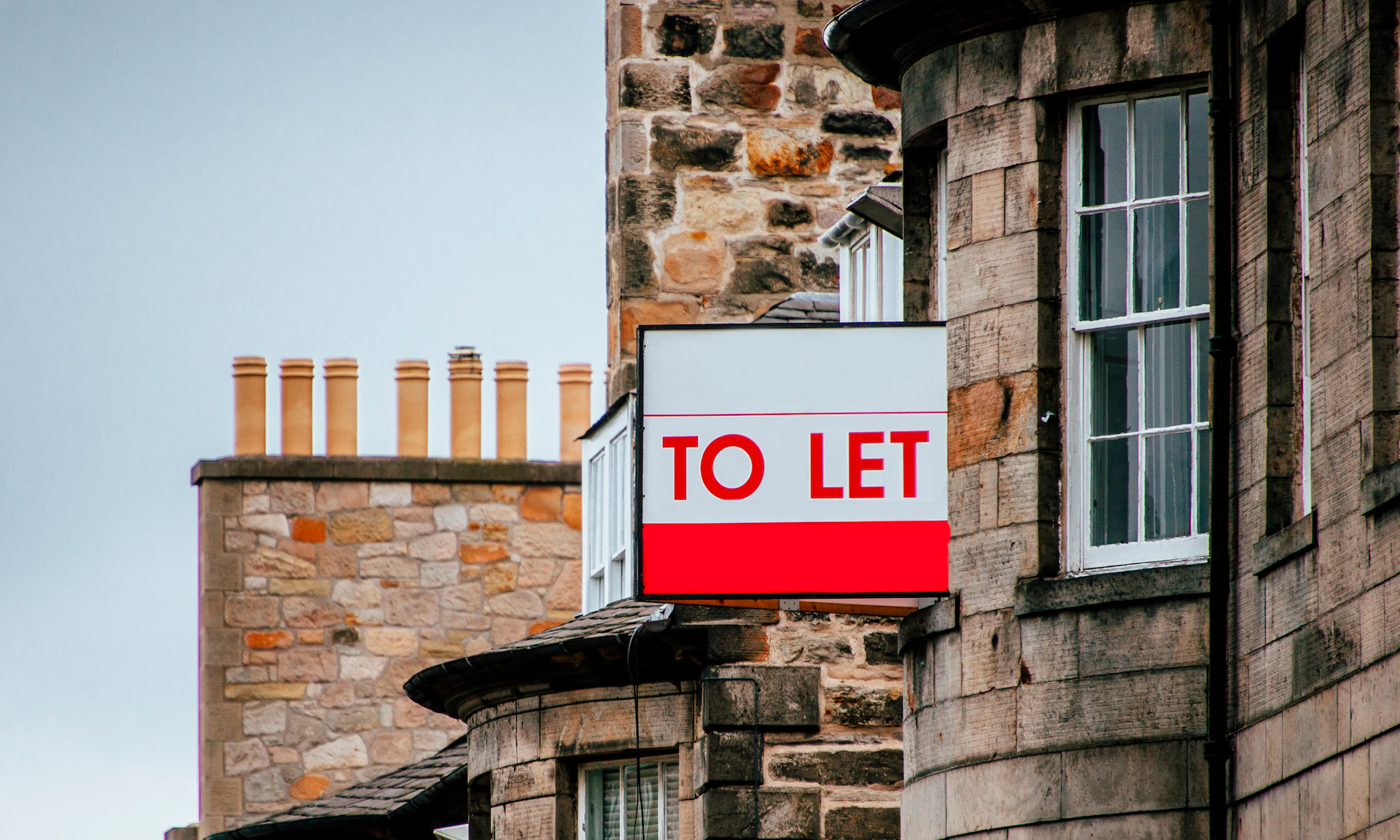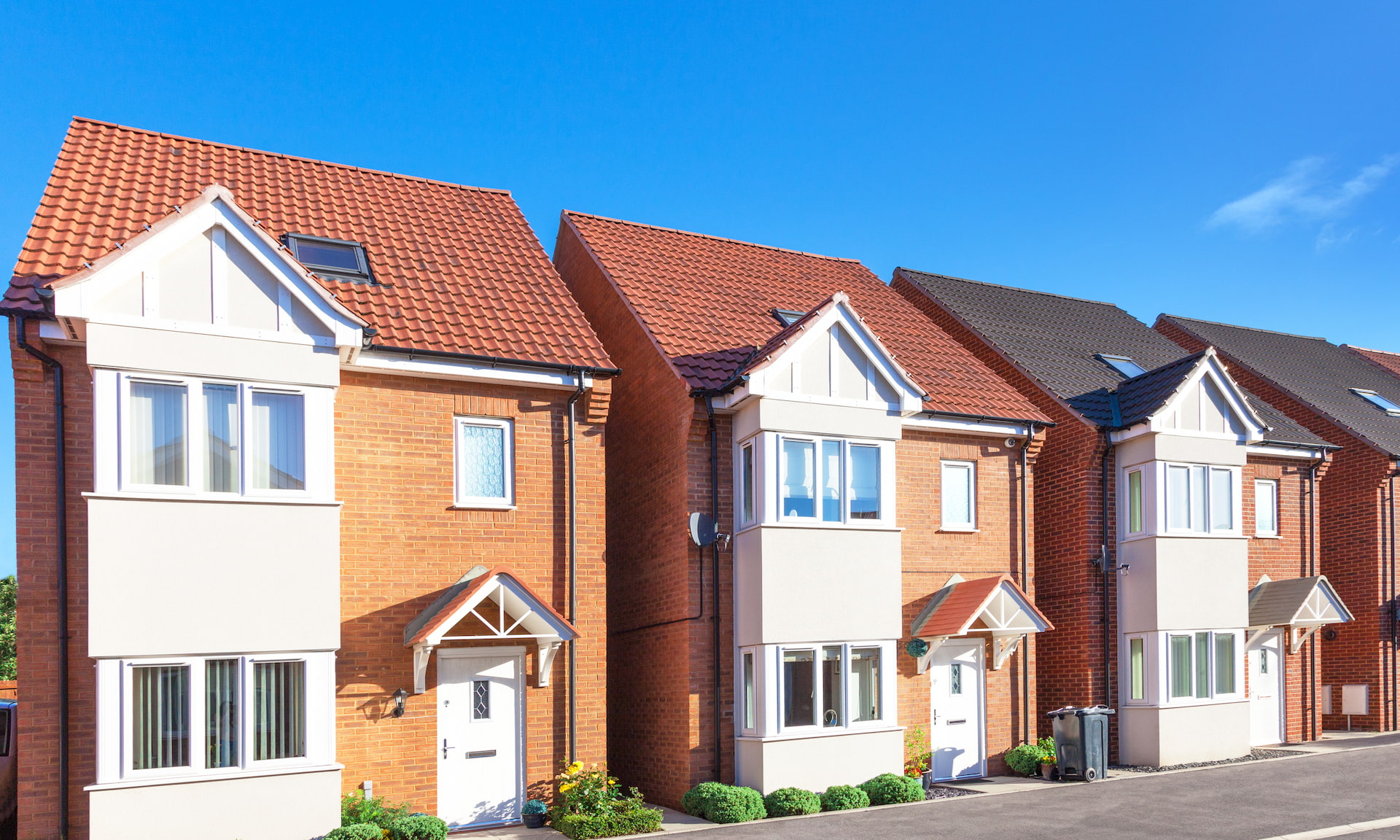
Landlords are becoming increasingly confident about expanding their portfolios, as rents rise and mortgage rates fall.
That’s according to a new report by Shawbrook Bank, which found investors are targeting properties with gardens in an attempt to entice tenants.
Here, Which? explains why the buy-to-let market is on the up, and outlines what’s happening to rental yields around the country.
A third of landlords look to expand portfolios
New research by Shawbrook Bank has found that a third (34%) of landlords are looking to expand their portfolios in the next 12 months.
One in 10 plan to buy in a different area from their current properties, with their plans driven by changes in tenant priorities since the start of the pandemic.
Of those looking to invest, 30% say they’ll seek out more rural locations, with the North East of England a popular choice.
After a tough year, there are signs confidence is returning to buy-to-let. Two thirds of landlords (67%) told Shawbrook they are positive about their prospects in the next year.
What are landlords looking for in investment properties?
The pandemic has had a significant effect on what we want from a home, with time spent away from the office and the prospect of hybrid working in the future changing buyer and tenant priorities.
Shawbrook’s research shows landlords are reacting to the trend of home movers looking for bigger properties with gardens or access to outside space.
The chart below shows the top five priorities for landlords looking to buy an investment property.
What’s happened to rental yields?
Average monthly rents in the UK range from just £396 in the North East of England to £1,755 in London, according to Shawbrook’s data.
Across the UK, rents have increased by 1.6% year-on-year, with the South West, East Midlands and West Midlands all seeing growth of more than 2%.
Changes to rent prices don’t tell the whole story, however.
London might have the highest rents in the UK, but it also has the lowest rental yields for landlords – reflecting the high up-front cost of buying properties in England’s capital.
Cheaper areas are more likely to enjoy significant growth in property values, which then has a significant knock-on effect on yields for landlords.
The chart below shows how rental yields vary around the UK, from less than 4% in the South East of England to nearly 6% in Scotland. The UK average is 4.3%.
Lack of supply could boost buy-to-let profits
Rents have only risen slightly over the last year, but rising house prices mean the value of buy-to-let homes has increased markedly.
Shawbrook says the value of the private rented sector had grown to £1.4 trillion by the end of 2020, with buy-to-let properties increasing in value by 5.8% year-on-year.
With the market now cooling down a little, landlords may be handed a boost by a lack of supply.
Shawbrook says that rented homes made up 17% of all households in England, Scotland and Wales as of March 2021. That might sound like a lot, but it’s actually a fall of 2.6% year-on-year.
With the number of available rental properties decreasing and tenants competing for bigger homes, it may be that rent prices tick up more substantially the next 12 months.
Landlords take advantage of stamp duty holiday
The stamp duty holiday resulted in UK house prices rising by more than 10% year-on-year, and owner occupiers weren’t the only ones to benefit.
Shawbrook’s data shows that 28% of landlords bought an investment property during the tax break.
Professional landlords were most likely to take advantage of the savings, with 43% of portfolio landlords (those with four or more buy-to-let properties) making additional purchases.
Nearly half (46%) of landlords who invested during the stamp duty holiday said they wouldn’t have done so if not for the savings on offer.
What’s going on with mortgages for landlords?
Buy-to-let mortgage availability crashed in 2020, with lenders withdrawing huge numbers of deals after the Covid-19 outbreak.
Now, though, the market has settled down, and the resulting lower rates are good news for landlords looking to buy or refinance.
Data from Moneyfacts shows that average buy-to-let mortgage rates have been falling for months, and are now just above the levels seen before the pandemic.
Lowest rates on landlord mortgages
The tables below show the lowest rates available to landlords purchasing buy-to-let properties, according to data from Moneyfacts.
As you can see, rates are very low up to 75% loan-to-value, after which they jump significantly.
When comparing buy-to-let deals, make sure you take up-front fees into account. Some of the ‘cheapest’ deals come with fees of around £2,000 or charge a percentage of the loan, which can run to thousands of pounds.
Two-year fix
| Loan-to-value | Lender | Initial rate | Revert rate | Fee |
| 60% | Platform | 1.18% | 5% | £1,999 |
| 75% | Santander | 1.39% | 3.35% | £1,499 |
| 80% | The Mortgage Works | 2.49% | 5.54% | 2% of the advance |
Five-year fix
| Loan-to-value | Lender | Initial rate | Revert rate | Fee |
| 60% | The Mortgage Works | 1.44% | 4.74% | £1,995 |
| 75% | Santander | 1.79% | 3.35% | £1,499 |
| 80% | The Mortgage Works | 2.99% | 5.54% | 2% of the advance |
Is now the time to invest in buy-to-let property?
If you’re tempted to invest in buy-to-let, it’s important to do your research first – especially if you’re new to the game.
When calculating anticipated rental yields, landlords look to what’s happening with rent prices and the prospect of the property growing in value, but past performance doesn’t always provide a guarantee.
Savvy landlords will carefully research local markets to find out which types of properties are in short supply and thus in demand from tenants.
For advice on the key things to look out for before investing, check out our comprehensive guide on becoming a landlord.



